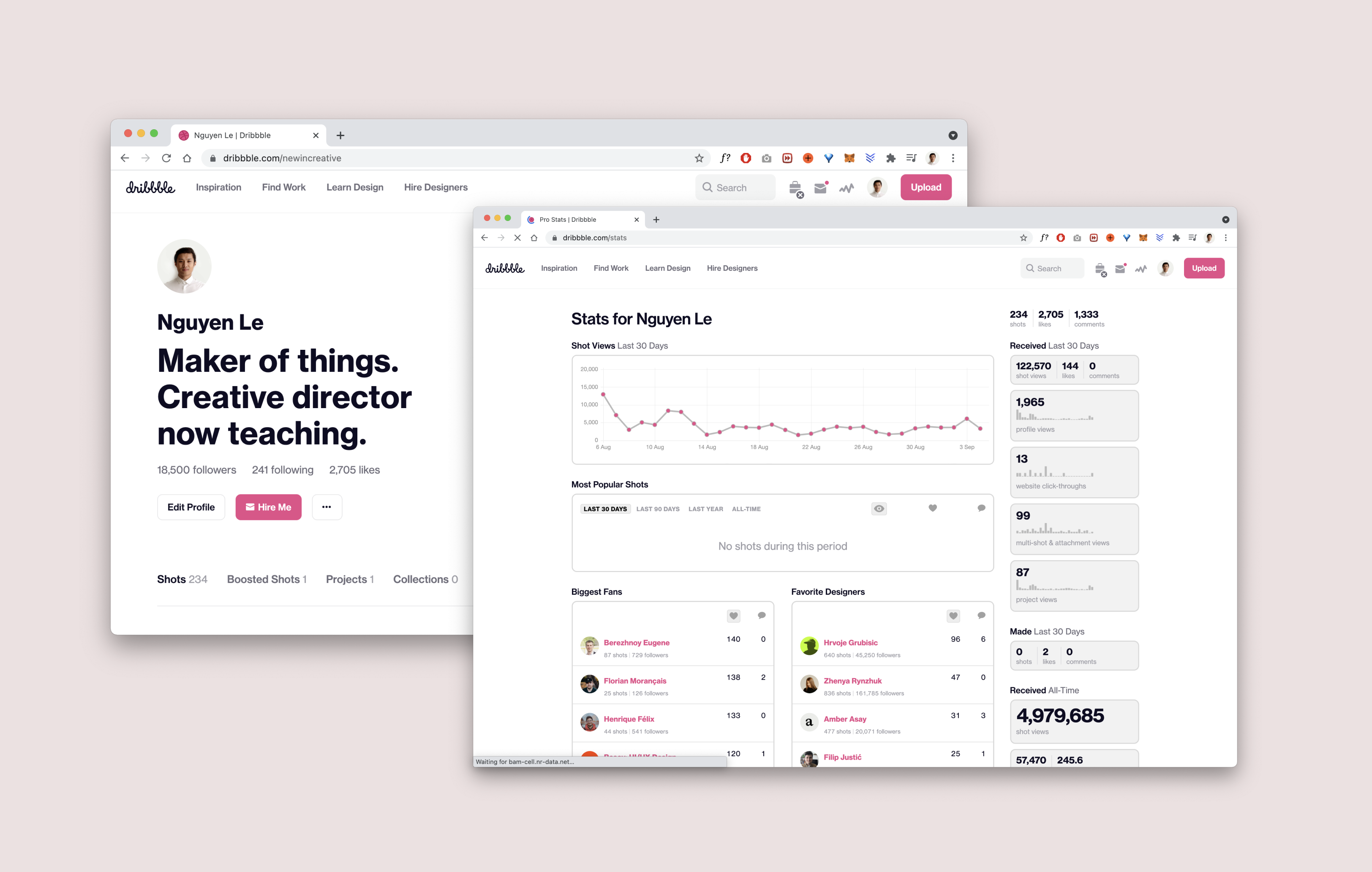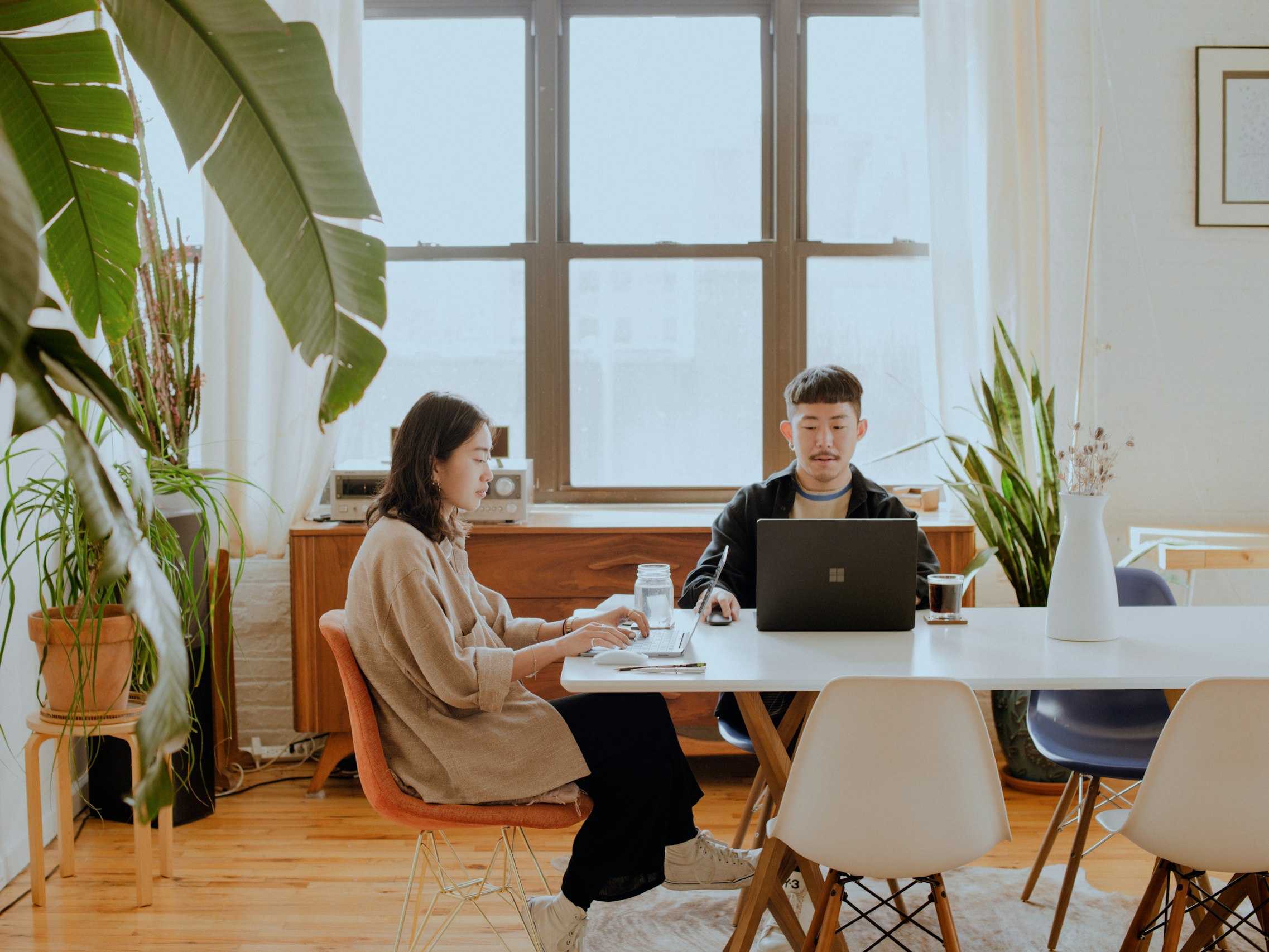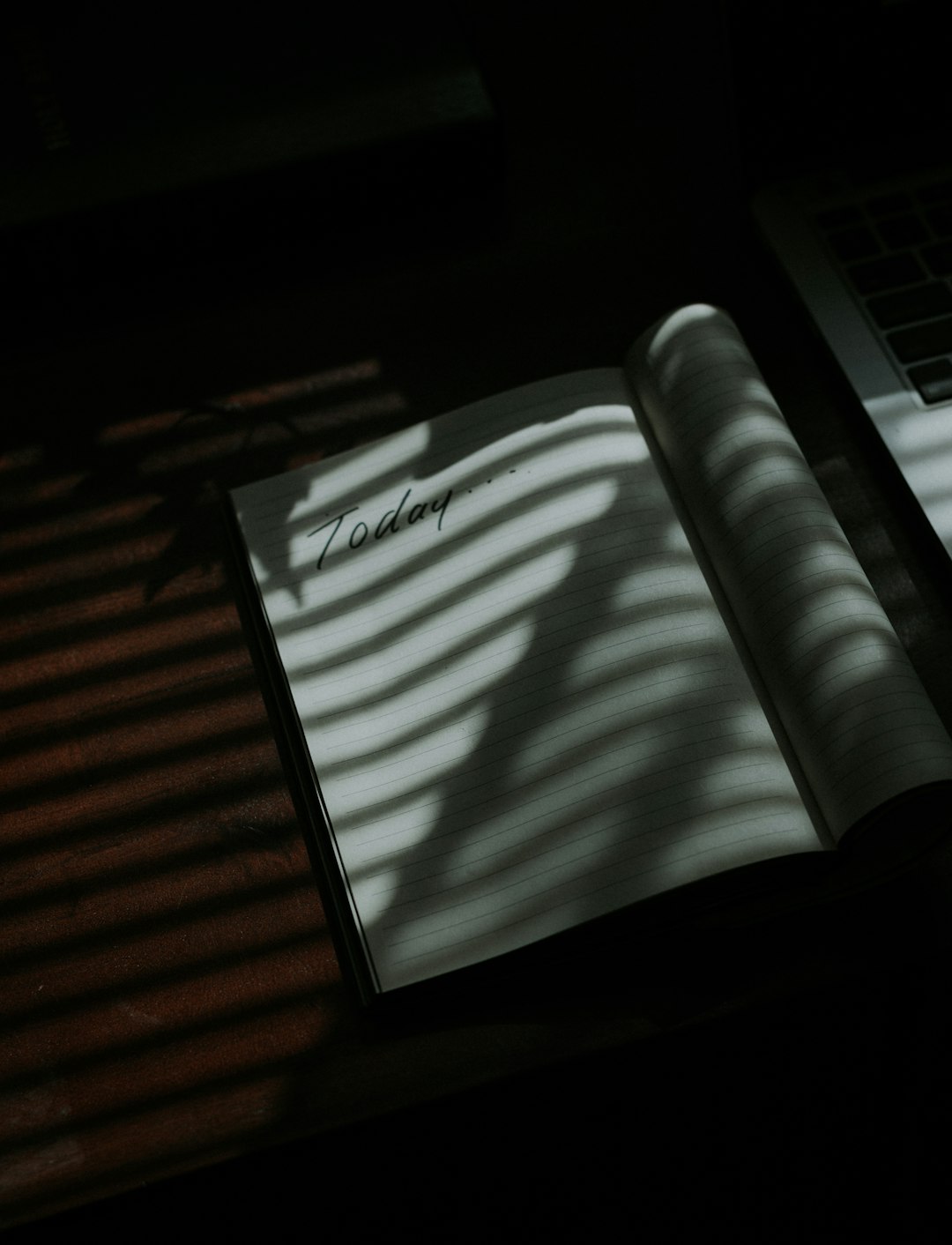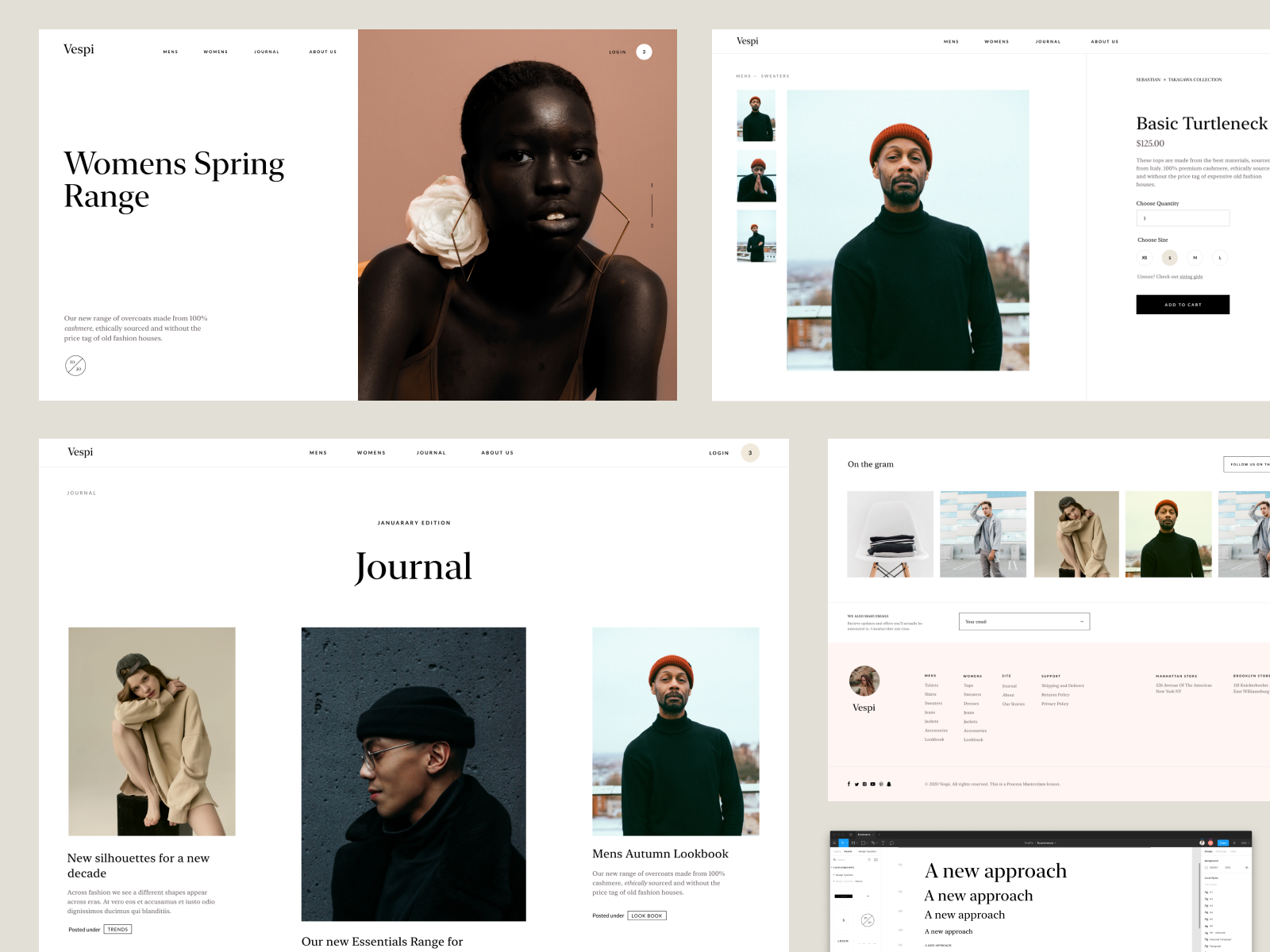Featured under | Freelancing
Make more money
Okay let's talk about that iffy subject of money, and how to make more money as a freelance designer. This feature covers how I made over $100k in my first year of freelancing, and the key lessons to help you do the same.
MONEY IS ALWAYS AN IFFY TOPIC – especially when it comes to design and designers. When I started out I made a whopping $840 a fortnight after taxes. Now I make that in less than a day, it's crazy when I think about it. And for a lot of us it's never been about the money, myself included. But what I inevitably realised is that money brings freedom, the freedom to choose the work we take on as well as the freedom to have time to do what we want and to work on meaningful projects. I also believe in pushing not only the quality of our work but also the value of our work. These are some useful tips based on my experience working at agencies and my years as a freelancer.
For reference I made over $140k+ in my first year of freelancing working about 7 months in total on and off across the year. I enjoy some time off in between and the freedom to do other things so if you are committed you can be sure to blow my numbers out of the water. Bear in mind I have been doing this for over 10+ years so with it comes experience and it is a skill set that you will need to build. These are some tips that will be sure to boost your value regardless if you're starting out or if you're a veteran. They are not overnight tips, you will need to put in some hard work but if you take action I'm adamant you will see results after a few months.

What is the purpose of a design? Who is it for? What metrics are you trying to move? Be clear on what you are trying to achieve.
1. Be a good designer, produce great work that solves problems
This seems like a no brainer, but you'd be surprised how many people neglect this. I am a strong believer in working on ones own craft. Improving the quality of your work not only helps you as a designer but also pushes the industry forward. A strong body of work commands interest from prospective clients and increases your perceived value.
So what aspects can you improve and how?
Think of all your favourite designers and put down a list of say 5. Done that? Good. Now your goal is to close the gap between your work and the work of these designers. Also follow the work that your favourite designers like and save via twitter, pinterest, behance/dribbble etc. and from there you've found your benchmark.
Visual - First you're going to need some visual chops. The best way to improve this is to practice, spend 1-2 hours a day deconstructing and recreating the work of these designers. What would begin as merely copying and recreating will eventually allow to see and understand why certain things work. Why type hierarchy, spacing and interactions are a certain way etc. Many great designers started this way.
You will create a lot of crap to begin with. But it will get better over time. This approach has been used in other creative fields from song writers to painters. You can read more about this concept called the creativity faucet by Julian Shapiro.
“Visualize your creativity as a backed-up pipe of water. The first mile of piping is packed with wastewater. This wastewater must be emptied before the clear water arrives. Because your pipe only has one faucet, there's no shortcut to achieving clarity other than first emptying the wastewater.
Let's apply this to creativity: At the beginning of a writing session, write out every bad idea that reflexively comes to mind. Instead of being self-critical and resisting these bad ideas, accept them. Once the bad ideas are emptied, strong ideas begin to arrive.
Here's my guess as to why: Once you've generated enough bad output, your mind starts to reflexively identify which elements caused the badness. Then it begins to avoid them. You start pattern-matching novel ideas with greater intuition.”
The idea is really to just keep creating, over time you will realise your own ideas as your visual library expands within your head between what works and what doesn't. And if you're a seasoned veteran - just keep creating as there's always room to improve. A seasoned chef still sharpens his knife.
Thinking objectively - Visual chops are all well and good. But design is more than just the visual, it's about meeting goals, objectives and thinking about how things work. It's important to have a holistic view of your work and where it sits in the scheme of things. Sure a lot of designers don't want to think their work sits in a marketing plan or a business strategy but it does. Think about what the hell is all this for? If you have an overall picture of where your work fits into the scheme of things you will also understand the value of your work. Get into reading about interaction design and business. Learn new skills such as prototyping and wireframing if you don't already. And if you can - join communities and find great mentors to learn from.
While there may be art in what we do, we are not artists we are designers. And it is the balance of form, function and user/client objectives that makes our work great.

Underpromise and overdeliver, be a great commnicator. Do this enough times and you build a great reputation.

How well can you present your ideas, research and concepts to stakeholders so they have confidence and find value in your/your teams design decisions.
2. Be a great communicator
People whether they are Clients, Stakeholders, Creative Directors, Marketing Managers or Project Managers are at the end of the day just people. People just like you and me. I remember when we were hiring designers I would always look at the work of candidates first but I dare say almost equally as important was how well they communicated. How did they come up with the context and rationale for their design solutions. Were they consistent with keeping the communications line open when needed.
Being able to communicate well and eloquently builds trust amongst potential clients. How well can you answer their questions? Try to be empathetic and put yourself in your clients shoes. What do they need to know and how best can you solve their problem? Identify your professional tone of voice and personality. I prefer to write to clients and prospective clients in a conversational tone, I find it's easier to be level with them and it is the kind of organisations that I like to deal with. It weeds out all the unnecessary jargon and allows us to engage on a more personable and “authentic” level.
Not directly related to communication but I'll put it here as well. Punctuality is super important. If you are going to say something is going to be delivered at a certain date/time make sure you do it on time or even better earlier than your proposed time. Under promise and over deliver not vice versa. I'm not a super organised person by nature but through the years I've learnt to always deliver no matter what.

Close to 5 million views on 1 platform. Creates a lot of awareness, conversations and opportunties.
3. Put yourself out there
If you have the 2 above points down, then now it's about getting your name out there. No one is going to hire you if they don't know about you. As stated in a previous post I used to feel iffy about promoting myself. But by putting yourself and your work out there, you are not only making yourself known but are making connections with like minded designers from all over the world. Join online creative sites and communities like Behance, Dribbble etc and keep posting your work. As well as twitter where you can find companies looking for design talent.
I think Dan Mall said it best “contribute to the conversations you want to be part of” and read his great article here on getting the work you want. Giving yourself exposure is almost as important as having great work when you are a freelancer. So share your work and reach out to different communities. You can even share your journey and post snippets of your design exercises.
Once you’ve passed the first phase. It’s about building awareness in key industries and markets you are trying to serve. Awareness is the aim of the game and next is about building genuine connections with people. Want to work do work for X company or brand. Go on twitter and linked in and join the conversation with people who work there, either founders, design managers, senior level folk or anyone who works there. I've personally found twitter works best – join the conversation with curiosity and be of service to others.
Want to work in web3? Join those communities on twitter. There’s VectorDAO for example. Want to freelance for tech? Join those conversations, follow people, comment, add value where possible, share you work let people know you exist.
4. Work with only good clients that pay well
As your designs become more solid and your reputation grows by now you should be receiving a few job leads. The key is to close clients that you have qualified – to pay you what you think you are worth . But how do you do that? By offering them value. Value in your work and what your work will mean to their business. For reference all my clients are via a pull methodology meaning they get in touch via different channels and I never reach out. So they know about what kind of work I offer and what I'm about. Also most of the time they know which markets I serve. So identify what markets you serve and think about what your time and work is worth. Do you create work for for a few hundred, a few thousand, tens of thousands or hundreds of thousands? Identify your mark and determine what you think is good pay and accept accordingly.
Good clients will refer you to other good clients. And I mean not just attributes of pay but how easy they are to deal with and most of the time how nice they are. You will be surprised how like minded businesses will engage with each other. On the other hand average or less than stellar clients will more often than not refer to other average clients. If you do sites for $100 dollars as an example you will be known as the $100 website guy/girl attracting those kind of clients. Likewise if you do sites for $30k+ then you exist in that market. Huge inc. did the four seasons site back in the day for $13 million. If that's the price they won't be getting referalls for $100 websites.
Another opportunity is you can design for upcoming in demand spaces such as crypto and NFTs where you can command a portion of profits/assets - and that could be worth in the millions. Similar to being an early employee at a startup that goes public - bare in mind it could be boom or bust, so charge something upfront too as a cushion. But before you get there you have to become valuable in your craft and about driving results.
Next with working with good clients that pay well. Is try to continue working with them. It’s easier to work with an existing client than acquire a new one. Create upsells and retainers where possible. Just launched their site or app? See what else you can help with. Maybe a marketing campaign or a monthly retainer where you can do updates and design work as needed. Many services like designjoy do this successfully. At his peak I believe he was doing over a million ARR as a solo designer.
Retainers are a great model - just be careful that you just don’t create another full time job scenario and overwork yourself. You do lose a lot of freedom if you have too many retainers – you end up with less free time. So you have to balance it out.
Here’s an example of what you could write when upselling a great client.
Thanks [Client Name] I loved working you on [X Project] I would love to continue working with you all and help grow [X Project]. Is there an opportunity that we can set a $5k/m design retainer to start? I can provide updates for XYZ and it will be more cost effective than getting a new team member to start from scratch or hiring somebody new for each job related to [SOME CLIENT PAIN POINT]. I can turn around work with 48hours per request every month, and will set aside 15 hours for design work. Here are the next steps if you would like to discuss further....
Note: This is an article about boosting your value and earning more money. But there's more to life than money. If the design work is meaningful to you in some way, then take it on regardless of budget if it speaks to you. Ultimately, it's up to you to define what is important.

5. Be nice
Seems like a weird one to add in but being nice is important. Most people don't like to work with designers who have huge egos. Treat others like how you would like to be treated. Etiquette and manners go a long way. It is ok to disagree with your client, what I'm saying is be professional and easy to deal with. This ties back into picking the right clients and referrals. If you do a good job people will remember you and refer you on to others.
There you have it. Hope these tips are useful to you as they have been to me.
Key Takeaways:
- Start with doing good work first. The visuals and knowing how to solve problems and objectives matter.
- Great communication, timeliness and punctuality is an incredible asset. Focus on being great at these areas and clients/companies will love working with you. Particularly rare if you are a great designer to boot!
- Awareness and putting yourself out there. It’s the oldest marketing play. People have to know about you to hire you. You have to be in the mind of founders and managers who hire freelancers. When the right pain point comes if you are top of mind to solve that need you are in with a higher shot to close that job and earn more.
- You have to have a system for valuing your time, your work and the type of clients you want to serve. This is how you can raise your prices and earn more. Once you do this it’s about retaining clients that pay well and maintaing an ongoing relationship.
- Finally people love to work with other people they enjoy working with. So be nice!
Enjoyed this article? We've got more
FREELANCE / FEATURE
Learn how I made over $100k in my first year of freelancing, and the key lessons to help you do the same.
CAREER / FEATURE
Thinking about going freelance or running your own indie business one day? I share some of the very lessons that got me to 6-7 figures.
DESIGN TIPS / FEATURE
Build a solid foundation with this typography series as I share my ins and outs for using type in digital design.
UX DESIGN / FEATURE
A guide on how to approach UX design simply without over complicating things. This is my simple approach to user-centric design.
SOME OF OUR MOST POPULAR POSTS
Resources and freebies
LEARN A SOLID DESIGN PROCESS
Increase your value as a UI/UX designer. Learn design thinking and design execution in this comprehensive online masterclass. Great for self taught designers, or those with 1-3 years experience looking to take the next step in their careers.
Join the community
Enjoyed the articles here? Join my personal weekly newsletter about design, business, life and things I'm working on. Sharing 15+ years of design experience, and everything in between. To help increase your value as a designer. Join 20,564 designers.
Unsubscribe anytime. You're in good company, read by designers who have worked at Apple, Adidas, Google, Pitch, Facebook, Slack, Instrument, Work&Co.













